Prince Edward Island used to be home to a rich variety of trees. Then agriculture took over. Here's how one project is working to bring back the woods.
The Macphail Woods Ecological Forestry Project was established in 1991 with a lofty goal: to rebuild the forests of Prince Edward Island.
By the turn of the 20th century, as much as 75 percent of the Eastern Canadian province had been cleared for agriculture, its old-growth American beech, sugar maple, yellow birch, white ash, eastern hemlock, red spruce and white pine uprooted in favour of potatoes and corn. When many of these fields were abandoned after the Second World War, forests regenerated with a fraction of their former diversity, numerous defining species lost in the shuffle.
Today, the bulk of the island’s woodlands are dominated by white spruce, red maple, trembling aspen and tamarack, species that are fast growing and short lived, which thrived in historic hedgerows before conquering much of the province. From soil to canopy, these modern woods suffer a chronic lack of diversity, leaving them more vulnerable to a changing climate, less resilient in the path of hurricanes, unable to absorb and sequester relevant sums of carbon, and inhospitable to entire suites of wildlife. If nothing else, they are less beautiful.
To Gary Schneider, a quiet and thoughtful resident of the province, the solution to this ecological deficit was a nursery of native plants, which he established in Orwell, PEI, sharing land with the Sir Andrew Macphail Homestead National Historic Site. Over the decades, he and colleagues have gathered and propagated the rarest of the island’s plant life, recruiting hundreds of obscure trees, shrubs, ferns and wildflowers from pockets of lingering wilderness across Prince Edward Island.
“We’re growing more diversity than anyone in the Maritimes by a long shot,” Gary says.
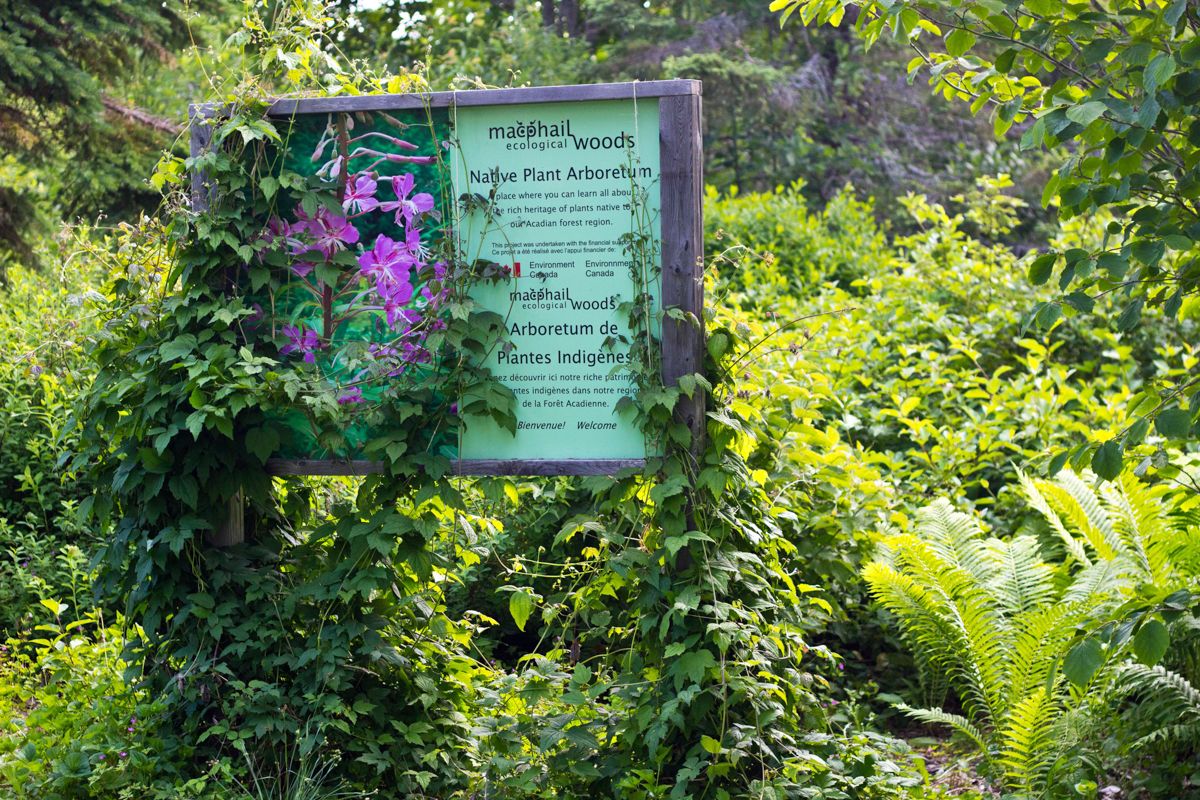
They call their charitable endeavour a “forestry project” because it’s not enough that these species are being grown. They also need to be established in woodlands across the province, a process that calls for delicate forest management. Besides the 2,000 acres of public land put under the stewardship of the Macphail Woods Ecological Forestry Project by the provincial government in 2005, Gary and his colleagues also apply their craft to private woodlots where possible.
Gary doesn’t entertain clearcutting. His harvesting prescriptions typically involve a series of circular patch cuts, three or four an acre, each as wide as the forest is tall, targeting the trees of lowest quality. Some of the resulting lumber he removes for use in the nursery, and some he leaves to enrich the soil and to feed the insects, fungi and birds dependent on the deadwood cycle. Into each cut he introduces a battery of rare trees and understory plants appropriate for the ecosystem, everything from red oak for up high to yellow violets for down below. In 10 years or so he goes in again, repeating the process. In this way, woodlands are thinned rather than cleared, more species are added than are removed, and the canopy remains intact to shelter the soil and retain moisture, all while admitting sufficient sun to feed introduced plants.
“It all comes down to not ripping your forests apart and hoping they’ll come back in 30 years,” Gary says.
A few of these forests have been under his management since 1993, supporting red oak and eastern hemlock 35 and 22 feet tall respectively, and achieving the characteristic openness and cathedral quiet of old growth forests – features largely absent from the remainder of PEI. Gary takes considerable pride in such forests, knowing that, besides the addition of a couple rare plants now and again, they no longer need his help to become their former selves. They just need time.
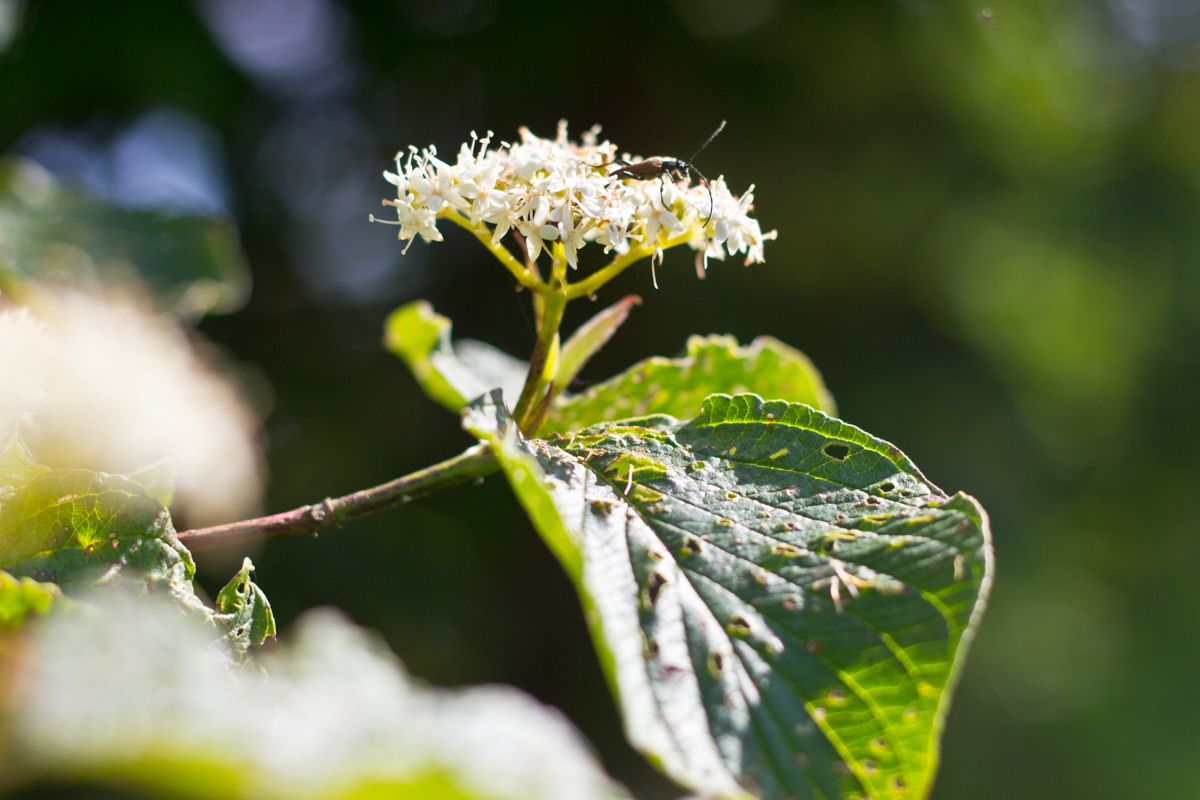
Replanting the entirety of Prince Edward Island is an impossible undertaking, but that was never the plan. The goal of Macphail Woods is merely to establish the seed sources necessary for underrepresented species to reclaim old ground. Once mature, the seeds of his yellow birch, eastern hemlock and sugar maple will be carried by the wind throughout resident woodlots, and the nuts and acorns of his American beech and red oak will be buried by squirrels kilometres away from their trees of origin. Gary and his staff are playing the long game, using limited resources to set the wheels of ecology in motion.
And many island residents are participating. It was never Gary’s intention to have the nursery go commercial, but even in their earliest days of propagating rare plants, people from across the province were stopping by, eager to pay for trees, shrubs, flowers and ferns to decorate their yards or bolster their woodlots. This has continued, to Gary’s astonishment and delight. Today, sales from the nursery fund much of their restorative forestry.
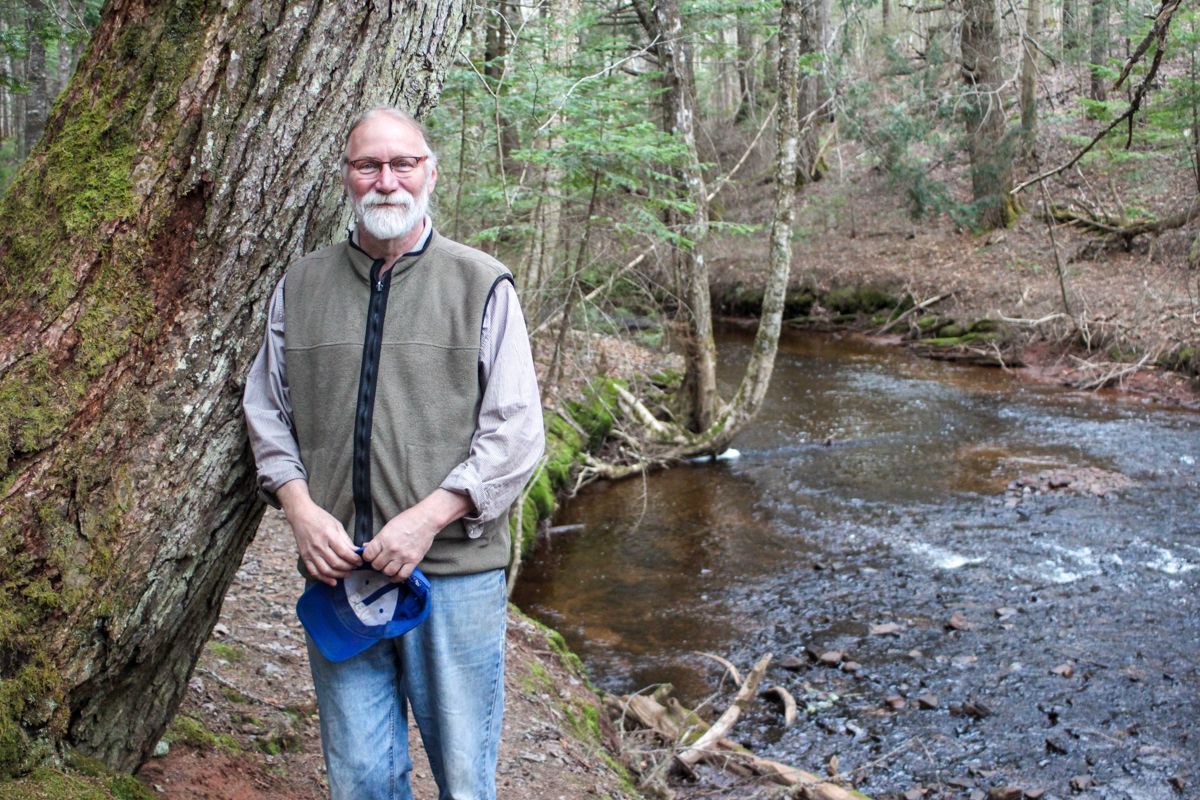
And, of course, there is another benefit. “If someone comes out and buys a rare plant, and puts it in their woods, they’re doing my work for me,” Gary said.
Several of the plants grown in the nurseries of Macphail Woods are considered to be species-at-risk by the Atlantic Canada Conservation Data Centre, an independent research organization based in New Brunswick. Some number only in the dozens across Prince Edward Island but, thanks to Gary and his staff, several have enjoyed remarkable recoveries.
One particular success story is witch hazel, a shrub listed as “critically imperiled” by the ACCDC as recently as 2015. Since collecting seeds from a few choice specimens 20 years back, Gary has grown, distributed and planted in excess of 10,000 individual witch hazels across PEI, legions of which are now actively reproducing in the wild. Another, more recent, rescue is roundleaf dogwood, a shrub with only two wild individuals known to persist in the entire province. The dozens grown at Macphail Woods from their seeds have already yielded thousands more seeds in turn. Mass distribution is forthcoming.
“A lot of our at-risk plants are no longer at risk,” Gary said.
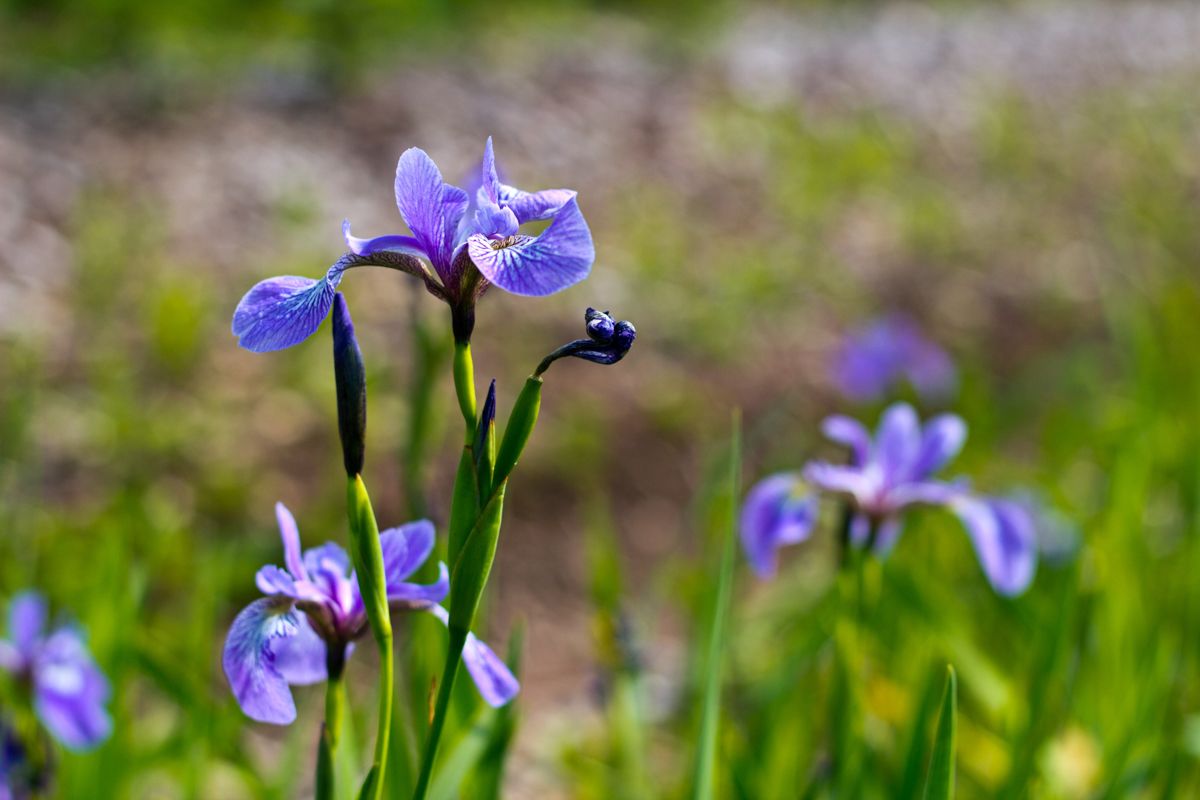
Gary and the Macphail Woods Ecological Forestry Project have been recognized for their innovative approach on several occasions, most recently winning the 2021 Nature Inspiration Award presented annually by the Canadian Museum of Nature. He has also been recruited by the universities of Prince Edward Island and Acadia in Nova Scotia to teach courses on restorative forestry by training students to recognize what is absent from an ecosystem, and how best to reintroduce it while maintaining the integrity of the standing forest.
But to Gary, accolades mean very little. He measures progress by the receptivity of the government officials, forest technicians and woodlot owners who visit his forests or see him present his methods during conferences. These are the individuals and industries who still control the majority of the island’s woodlands.
“When we started,” Gary says, “people rolled their eyes a lot.”
But that’s been happening less and less. In recent years, people – especially those on the outskirts of the industry – find him after his presentations, eager to talk about birds and biodiversity, and taking Gary’s point that higher quality forests produce higher quality lumber.
“I don’t care if you like wildflowers, amphibians, trees or owls,” he says. “We’ll do whatever we can to help you fall in love with forests.”
Zack Metcalfe is a freelance journalist, columnist and author active across the Maritimes.





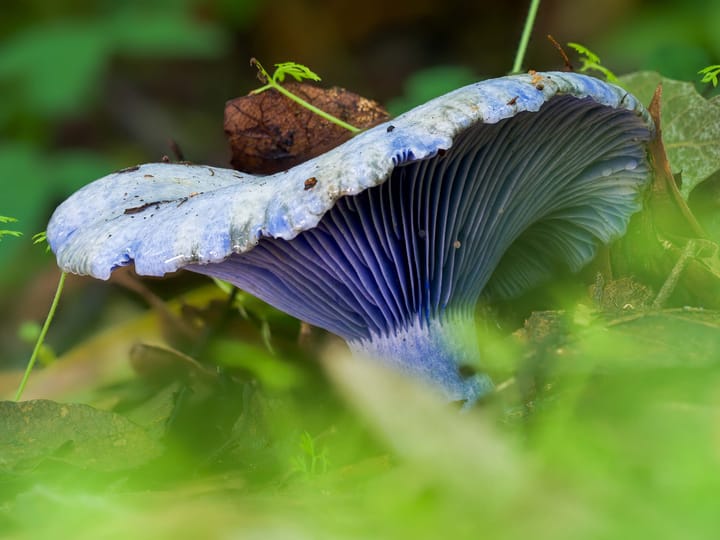
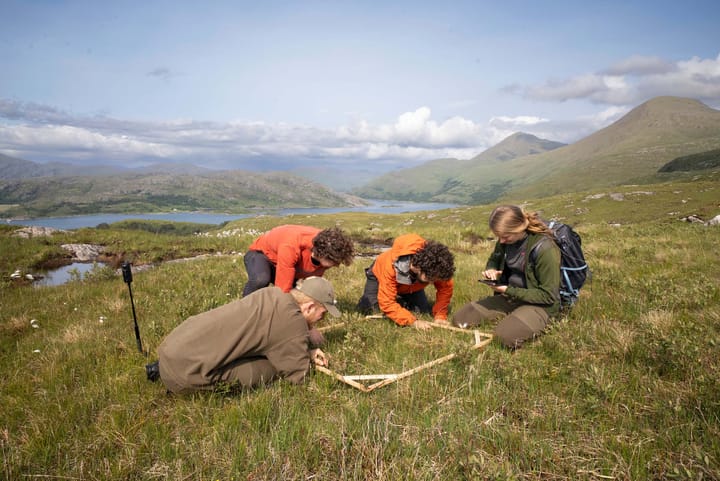




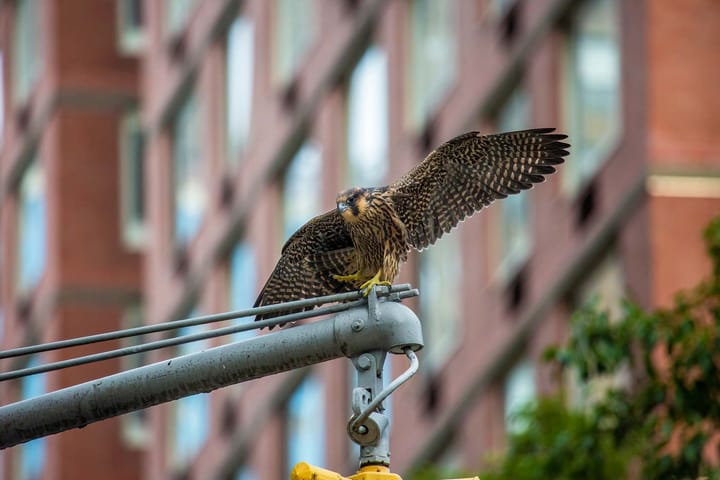

Comments ()